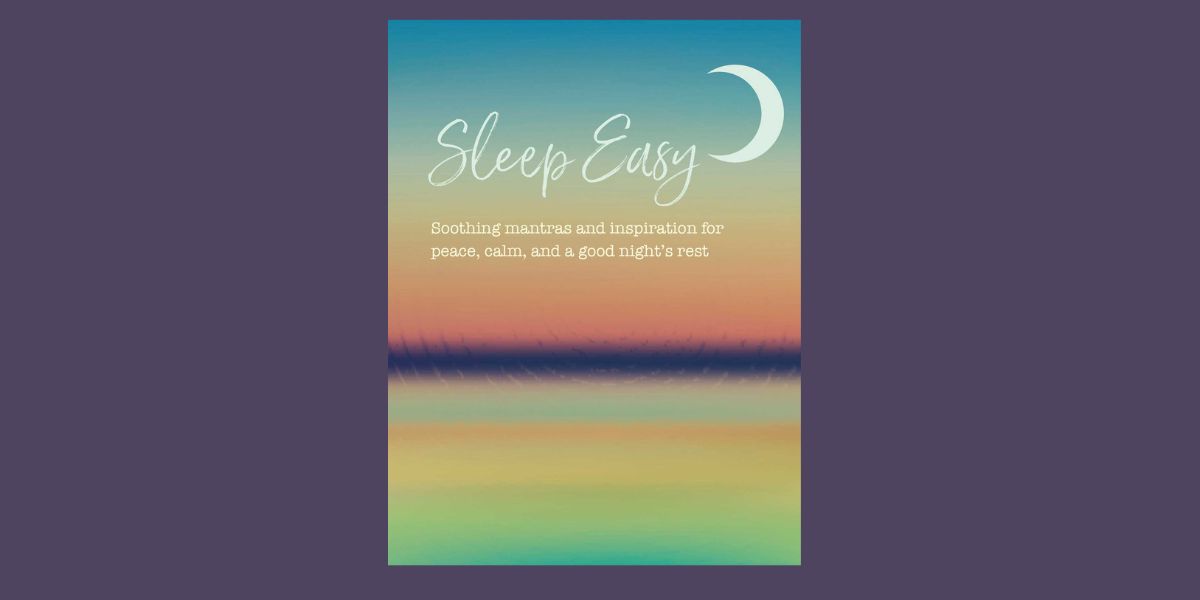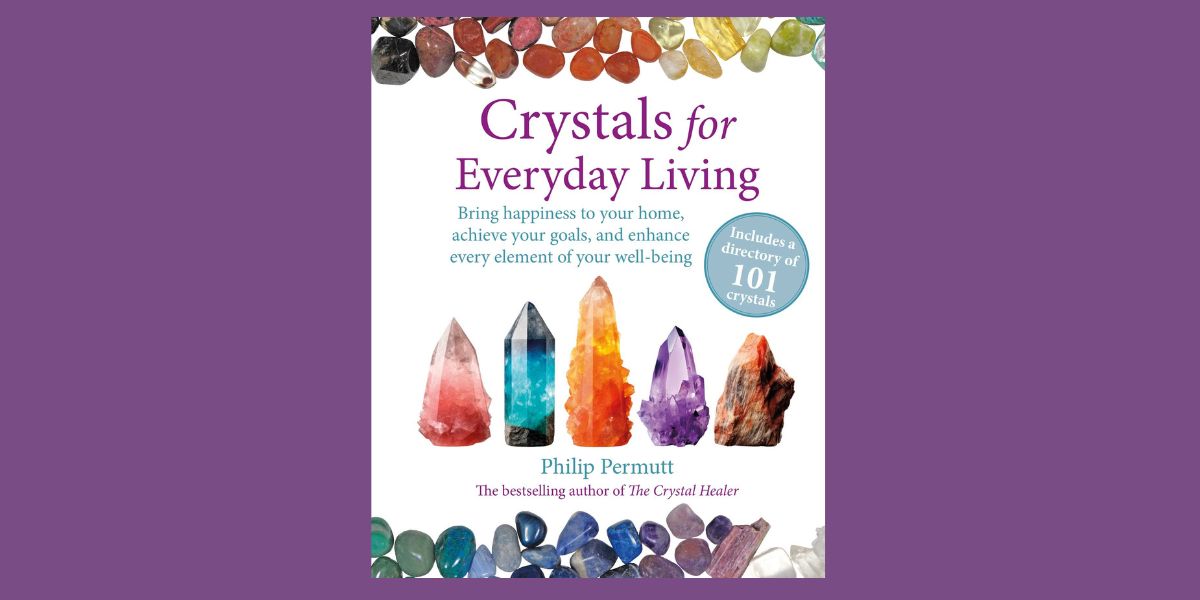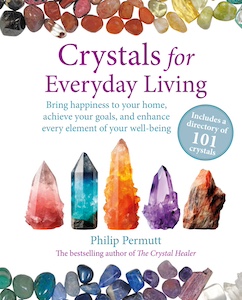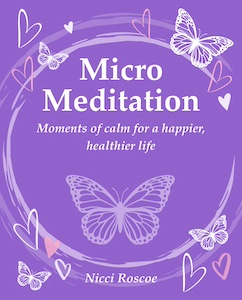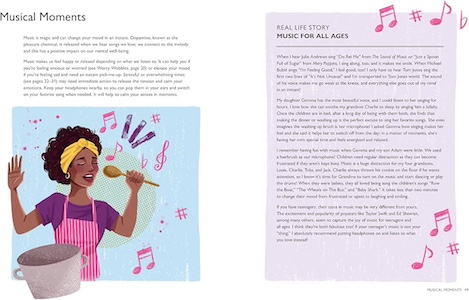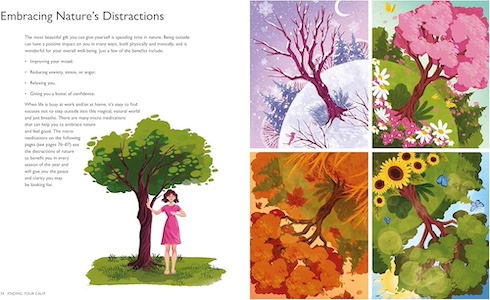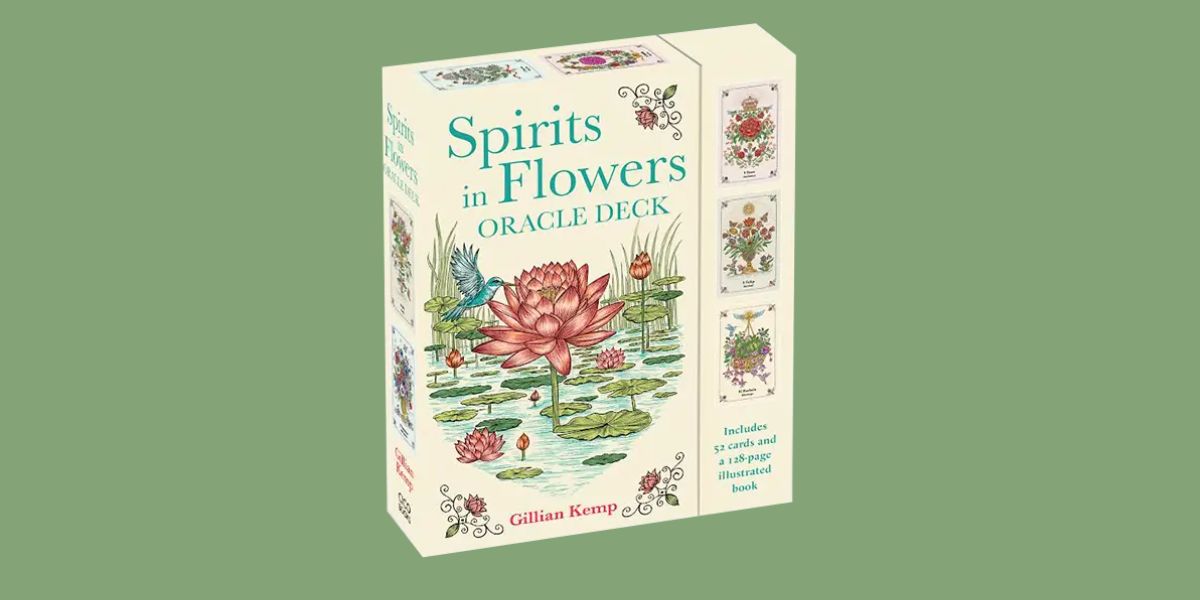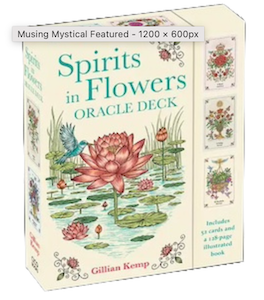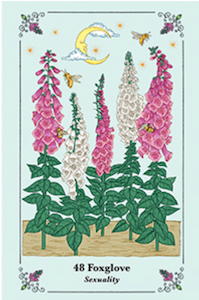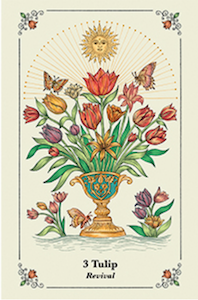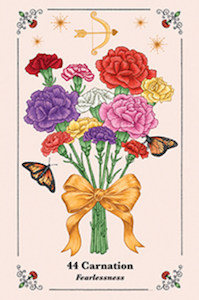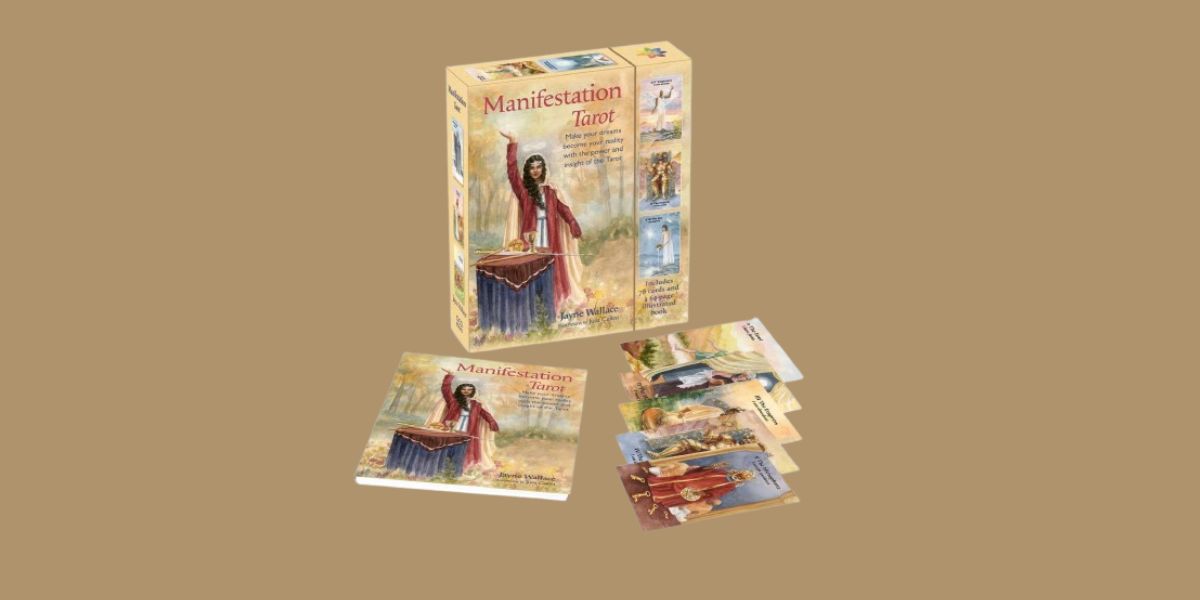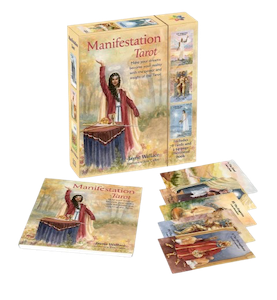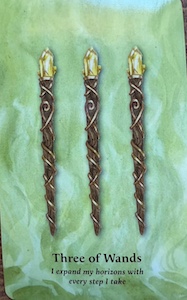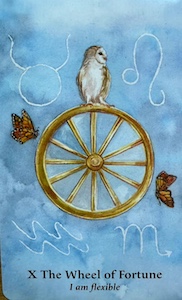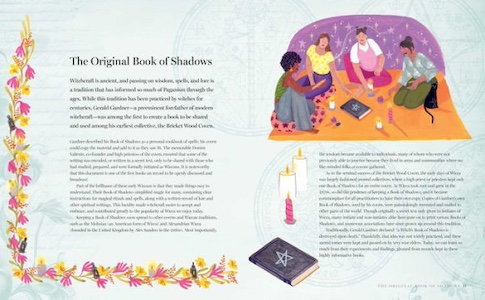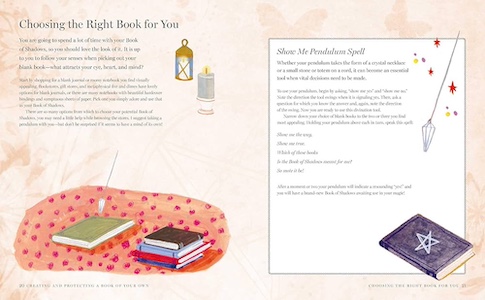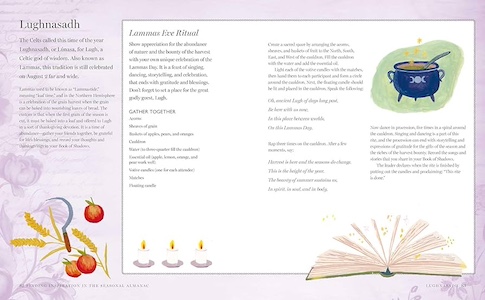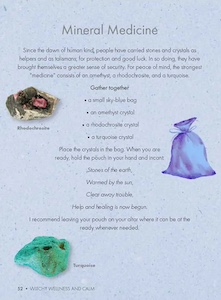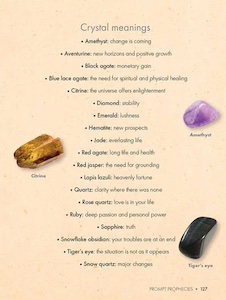
Sleep Easy: Soothing Mantras and Inspirations for Peace, Calm, and a Good Night’s Rest, by CICO Books
CICO Books, 9781800654136, 144 pages, April 2025
Sleep Easy: Soothing Mantras and Inspirations for Peace, Calm, and a Good Night’s Rest by Cico Books is a beautifully crafted guide designed to foster serene nights and restful sleep. The book is a compilation of calming mantras, inspirational quotes, and serene imagery. As the introduction describes:
“Some mantras are helpful reminders to take the time to relax so you feel restored from the day’s activities. Others encourage you to wonder more and worry less.”1
The mantras included are simple yet profound, encouraging mindfulness and a tranquil mindset. Additionally, the inspirational quotes scattered throughout the pages serve as gentle reminders of the importance of taking time to relax and unwind.

One of the standout features of this book is its visual appeal. The pages are adorned with beautiful photography and innovative graphic designs, enhancing the overall calming effect of the book. The photographs range from beautiful garden scenes and landscapes to sunrises, night skies, and amusement parks. Some pages feature people walking, having fun, or just sitting quietly. Occasionally, pets are also shown too.
Each photograph is carefully chosen to complement the text, creating a harmonious blend of visuals and words that soothe the soul. Various fonts and type treatments are also utilized to highlight the mantras and quotes. Every page is different in style, font and layout, creating an interesting and visually appealing book.
The mantras and quotes can easily be integrated into one’s nightly routine. Whether you have a few minutes or an hour to spare, Sleep Easy provides accessible prose to help you transition into a state of relaxation. This small bedside companion is more than just a book: it is a doorway for those seeking tranquility in their lives. CICO Books has succeeded in creating a resource that is both aesthetically pleasing and practically useful. For anyone struggling with sleep or simply looking to enhance their evening routine, this book is a valuable addition to their collection.

In the introduction, the editor recommends journaling around the quote or mantra you read. Or you can also write them down on a notecard to put under your pillow or place somewhere in your home or office to read again later.
The hardback book’s cover features blurred bands of colors that remind me of a sunset at the seaside. The title is stamped in metallic turquoise and features a crescent moon in the same color. It is a small book, measuring 4.5” X 6”, and is perfect for the nightstand or tucking into a travel bag. The edges of the pages are also tipped in sparkly turquoise.
I recommend that the reader use a bookmark and start at the front of the book and work through the pages in order. There are no page numbers, chapters or sections to guide you. I really enjoyed getting ready for bed and settling in to read a few pages before turning out the lights. Here are a few of my favorite quotes:
“No act of kindness, no matter how small, is ever wasted. Aesop”2
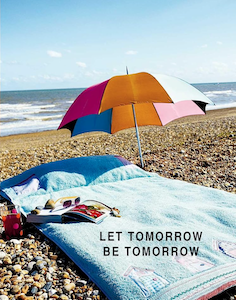
“It’s not what happens to you but how you react to it that matters. Epictetus”3
Overall, Sleep Easy is a gentle guide that invites readers to embrace calmness and serenity at the end of the day. Its blend of soothing mantras, inspirational quotes, and beautiful imagery makes it a delightful prelude for a tranquil evening. Anyone can benefit from reading a few pages before bed. This book provides a serene path to a calm rest. I highly recommend it for anyone in search of soothing the mind prior to a good night’s sleep. I plan to take it on my next trip, to calm my attempts to sleep peacefully away from home.

PJ Spur is an author, intuitive, spiritual mentor, astrologer, and hypnotist. She does tarot & oracle card readings, natal chart readings, grief coaching, and relationship healing. She also has hosted a weekly “Coffee & Cards” event with her Soul Compass Community for the past four years. Her book Navigating Grief with Grace is available on Amazon. Learn more at www.dearpj.com
